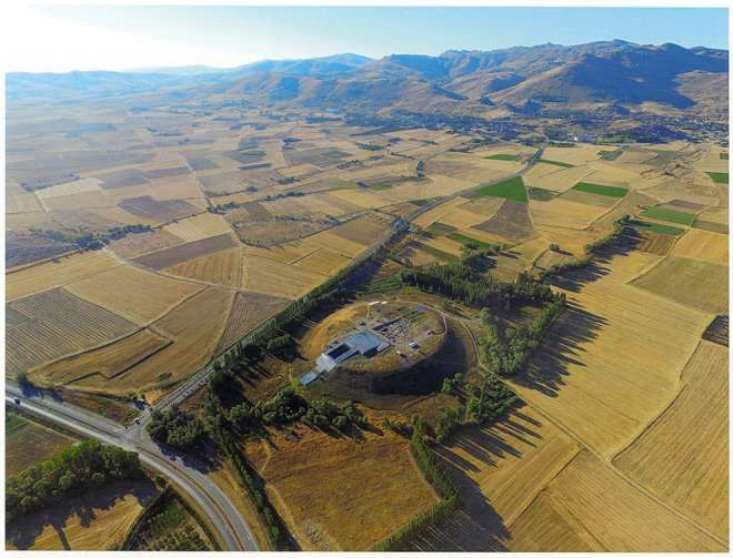
The question is, where?
A Japanese research team uncovered the oldest ironmaking-related relic of its class at an excavation site in the Anatolia region, the central area of the Hittite Empire (1,400 B.C.-1,200 B.C.).
The empire was a major power along with the New Kingdom of Egypt in the ancient Orient.
The relic is a weight-shaped lump with a diameter of about 3 centimeters and contains a high amount of oxidized iron.
The Japanese Institute of Anatolian Archaeology (JIAA) of the Middle Eastern Culture Center in Japan (MECCJ) discovered it in September 2017 in a geological layer dating between 2,500 B.C. and 2,250 B.C.
The institute has been engaged in research into the Kaman Kalehoyuk ruins in Turkey since 1986.
The ruins are in the central area of the Hittite Empire that prospered in the ancient Orient by using iron and light tanks as weapons.
The empire is said to have acquired military advantages by adopting ironmaking invented by indigenous people. In those days, ironmaking was considered the most advanced technology.
After the empire collapsed, the ironmaking technology spread to surrounding regions, and the proliferation became a turning point toward the Iron Age.
According to JIAA director Sachihiro Omura, the unearthed relic is believed to be the oldest of its kind in the history of ironmaking.
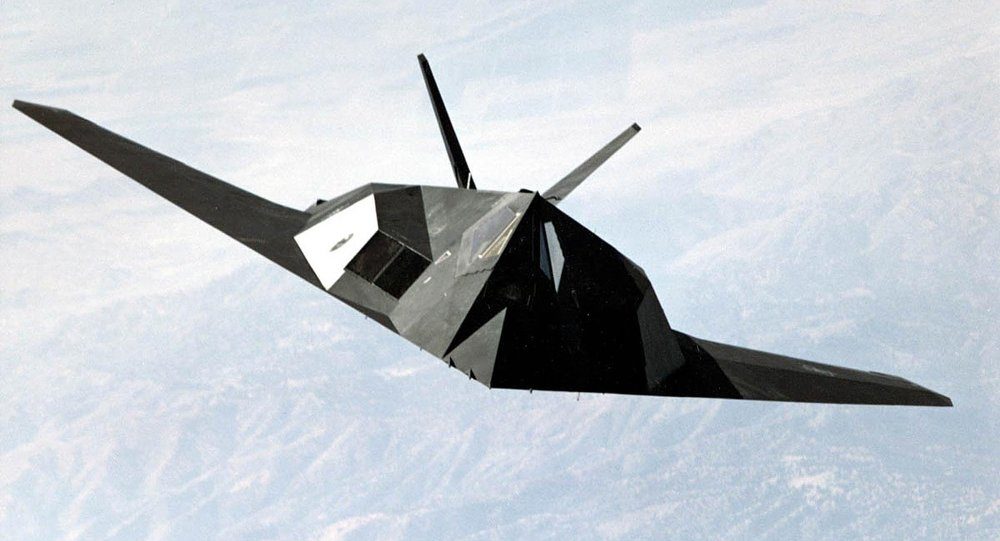
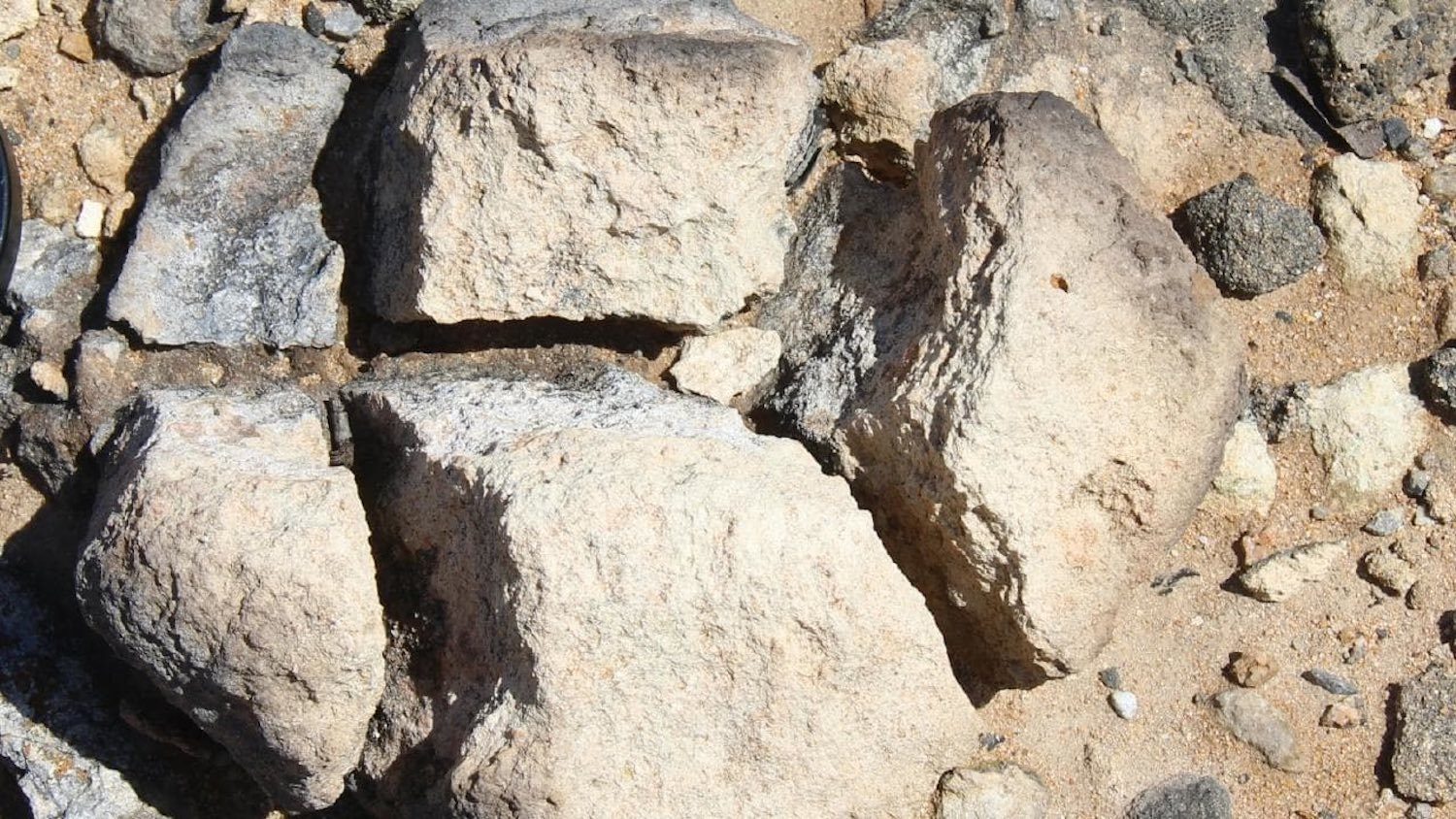
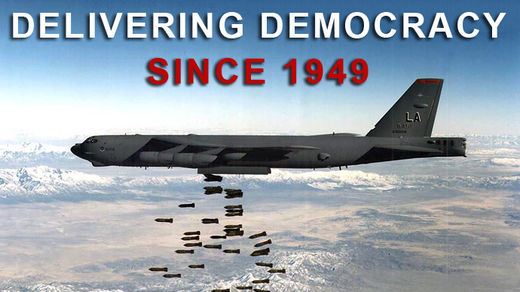

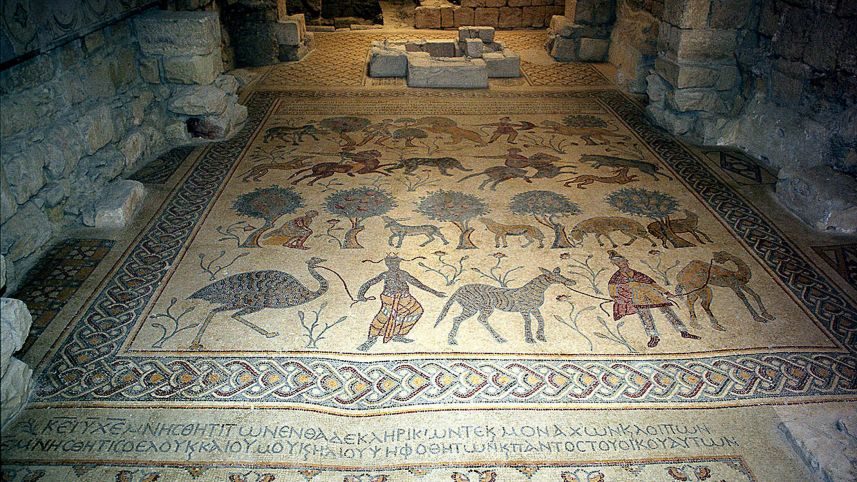
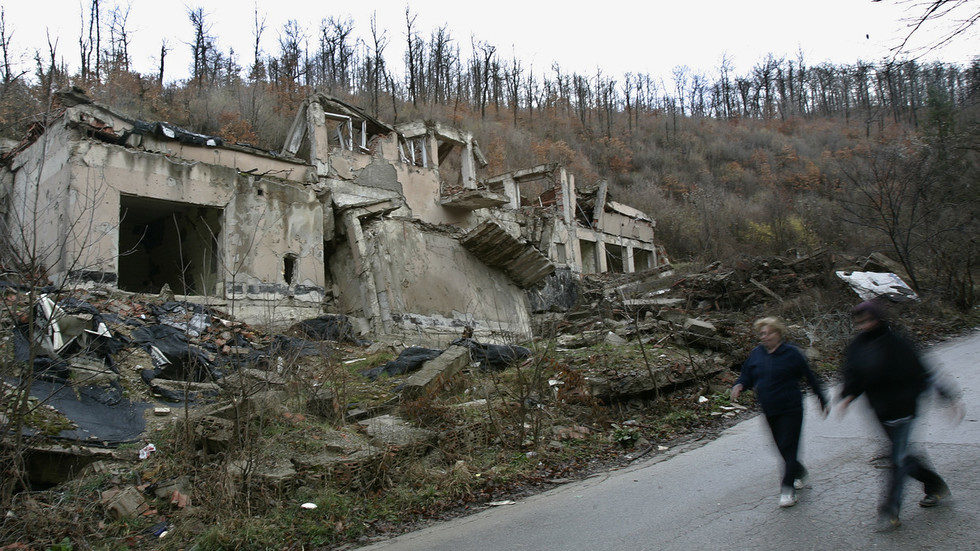
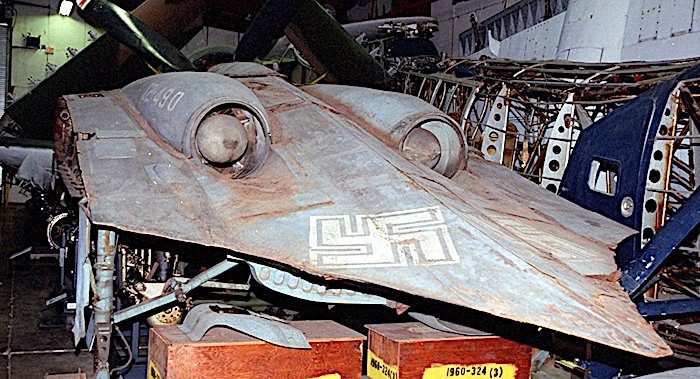
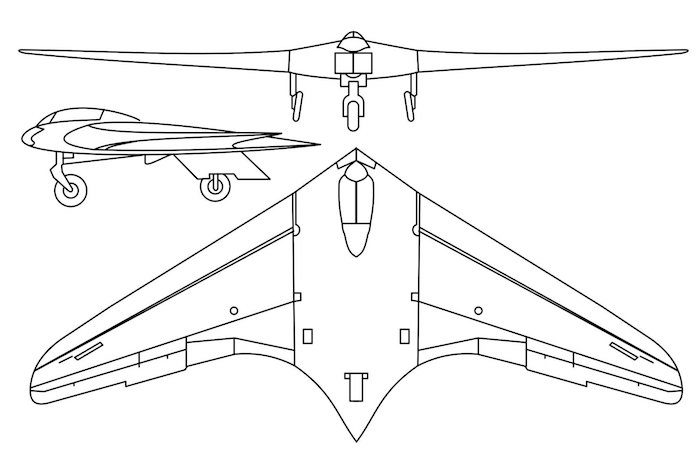

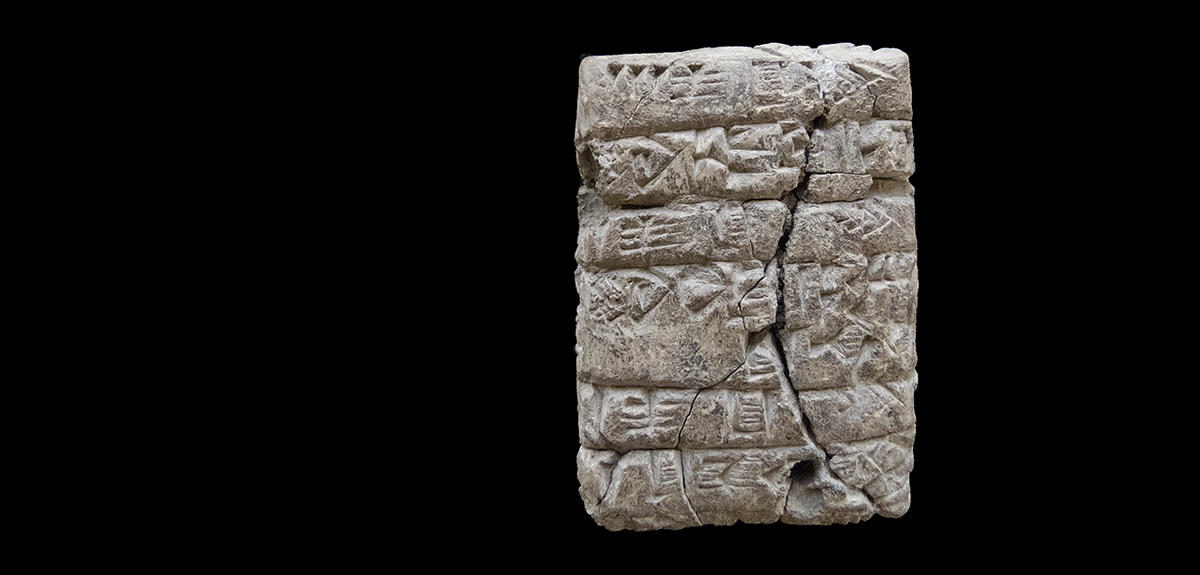



Comment: See also: The Weight of Chains: US/NATO Destruction of Yugoslavia (Documentary)